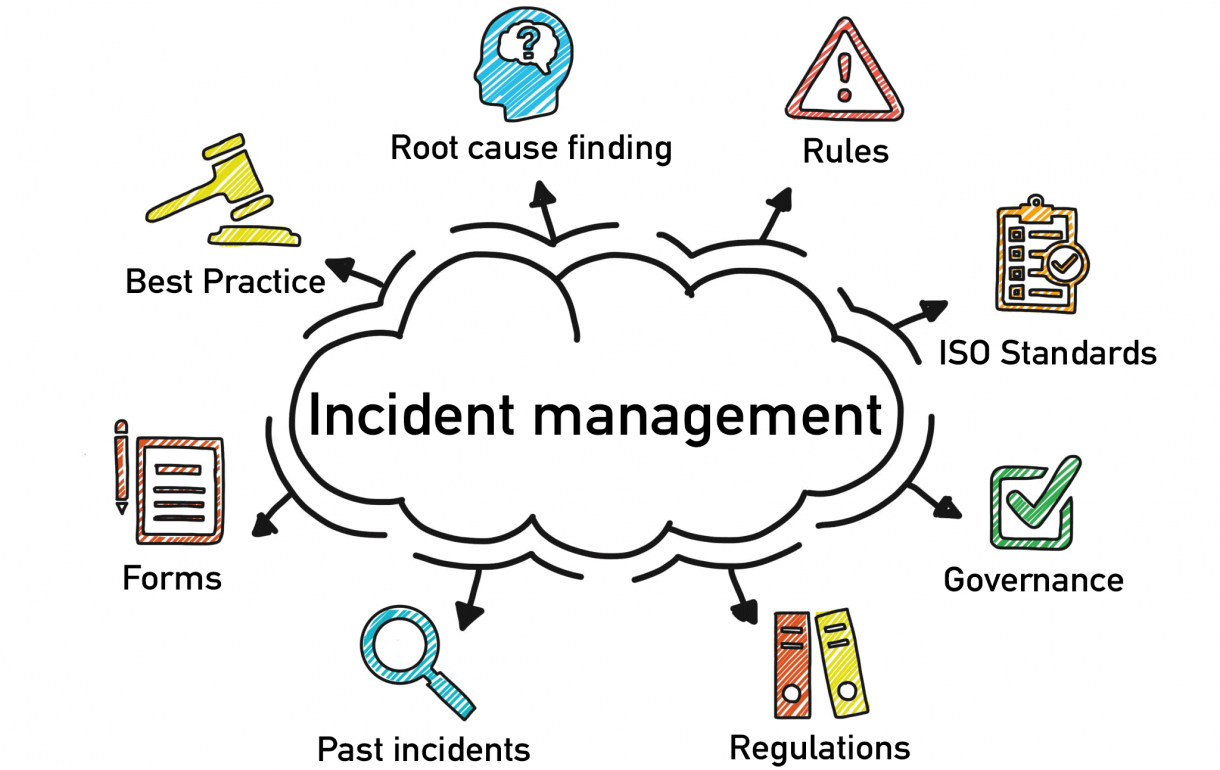What is Incident Management?
An incident is an event that may result in the loss or disruption of an organization’s operations, services or functions. Incident management (ICM) is a term that describes an organization’s activities to identify, analyze, and remediate hazards to prevent them from occurring again in the future.
These events within a structured organization are normally handled by an incident response team (IRT), an incident management team (IMT), or the Incident Command System (ICS). Without effective incident management, an incident can disrupt business operations, information security, IT systems, employees, customers, or other vital business functions.
Without incident management, you could lose valuable data, gain low productivity and revenue due to downtime, or be held liable for breaches of service level agreements (SLAs). Even when incidents are insignificant and cause no lasting damage, IT teams should devote valuable time to investigating and fixing problems.

Some of the most important benefits of implementing an incident management strategy include:
- Prevention of incidents
- Improved mean time to resolution (MTTR)
- Reducing or eliminating downtime
- Higher data accuracy
- Improved customer experience
Another benefit of incident management applications is an overall reduction in costs. According to a study by Gartner, system or service downtime can cost organizations up to $ 300,000 per hour. Additionally, legal fines and loss of customer trust can have significant financial implications. With incident management, organizations may have to invest upfront, but avoid significant costs later on.
What is the Incident Management Process?
Incident management processes are the procedures and actions taken to respond to incidents and resolve them. This includes who is responsible for the response, how incidents are detected and communicated to IT teams, and what tools are used.
When well designed, incident management processes ensure that all incidents are handled quickly and a certain standard of quality is maintained. Processes can also help teams improve their current operations to prevent future incidents.
Five Steps to Event Resolution
There are five standard steps in any event resolution process. These steps ensure that no aspect of an incident is overlooked and helps teams respond effectively to incidents.
1. Event Identification, Logging and Classification
Incidents are identified through user reports, solution analysis or manual identification. Once detected, the event is logged and investigation and classification can begin. Classification is important for determining how incidents should be handled and prioritizing response resources.
2. Event Notification and Escalation
Event alerting occurs at this step, but the timing may vary based on how events are defined or classified. Additionally, if events are small, details can be logged or notifications can be sent without a formal alert. Issue reporting depends on who is assigned to an incident and who is responsible for response procedures. If events can be managed automatically, the escalation can occur transparently.
3. Research and Diagnostics
Once incident tasks are assigned, staff can begin investigating the type of incident, its cause, and possible solutions. Once an event has been diagnosed, you can determine the appropriate remedial steps. This includes notifying the relevant personnel, customers or authorities about the incident and expected service outages.
4. Resolution and Recovery
Resolution and recovery includes eliminating the root causes of threats or problems and restoring systems to full functionality. Depending on the event type or severity, this may require multiple stages to ensure that events do not recur.
For example, if the incident involves a malware infection, you usually won’t be able to delete malicious files and continue operations. Instead, you need to create a clean copy of your infected systems, isolate the infected components, and completely replace the systems so that the infection does not spread.
5. Event Closure
Closing incidents typically involves finalizing documents and evaluating the steps taken during the response. This assessment helps teams identify areas for improvement and proactive measures that can help prevent future incidents.
Incident closure may also involve providing a report or historical information to administrative teams, board members, or customers. This information can help rebuild any trust that may have been lost and creates transparency regarding your transactions.

